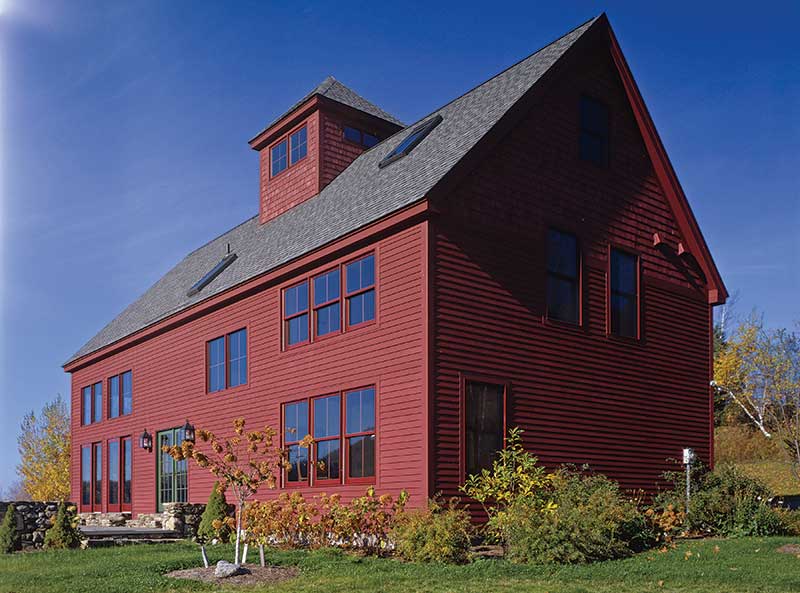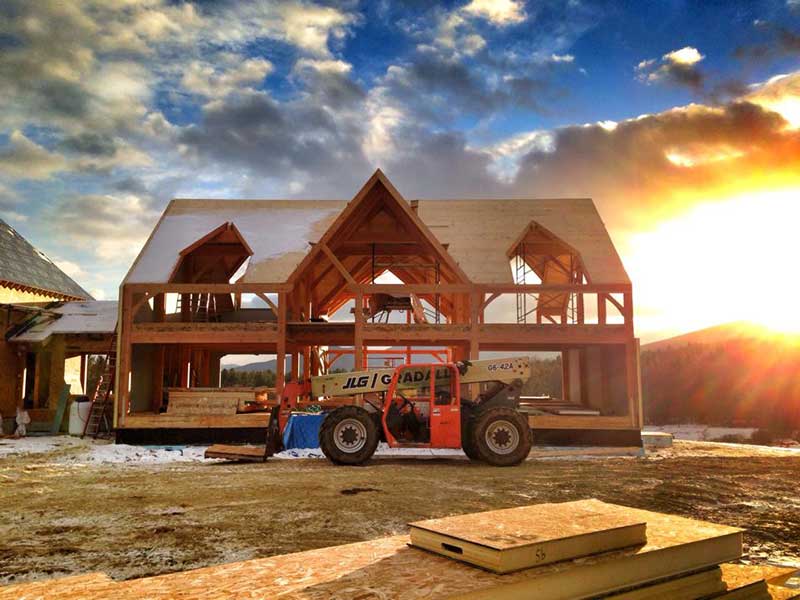At Davis Frame Co., we bring over 30 years of expertise to ensure the long-lasting performance of your Structural Insulated Panel (SIP) wall and roof system. Proper ventilation is key to maximizing performance. In this article, we’ll explore best practices for ventilating SIPs, helping protect your home—one of your biggest investments—from moisture damage over time.
Why Ventilation is Essential for SIPs
First, SIPs differ from conventionally framed walls and roofs. They consist of an insulated foam core sandwiched between two layers of structural sheathing, typically 7/16” oriented strand board (OSB). While SIPs minimize heat loss due to their lack of traditional wood framing, this design also makes it critical to manage moisture that can accumulate behind siding or roofing. Therefore, ventilation allows trapped moisture to evaporate, protecting the structure from long-term damage.
Ventilation Best Practices for Walls
For wall assemblies, ventilation can be achieved by creating a gap between the siding and the sheathing. This gap promotes airflow and ensures moisture can escape. Below are some effective methods:
- Use Manufactured Products: Products like Home Slicker are designed to create an air gap, facilitating proper ventilation.
- Install Wood Furring Strips: Furring strips can be installed vertically over the sheathing to create the necessary space.
- Choose a Reliable Underlayment: One of the best materials to use over the sheathing is #15 or #30 felt paper. Felt paper has a proven track record of allowing trapped moisture to evaporate, safeguarding the sheathing.

Ventilation Best Practices for Roofs
For roof assemblies, a similar strategy ensures proper ventilation:
- Install Wood Furring Strips: Strips or strapping are placed over the SIPs to create an air space.
- Add a Second Layer of Sheathing: A top layer of sheathing is installed over the strapping to complete the assembly.
- Use Felt Paper: Apply felt paper directly over the SIPs. This additional layer acts as insurance, allowing any moisture reaching this point to evaporate effectively.

Our Commitment to Quality
At Davis Frame Co., we are dedicated to promoting the best building practices for SIP construction. By following these ventilation methods, you can ensure the longevity and performance of your timber frame and SIP home.
For more information about our design methods and material options, visit our website or call us at 800-636-0993. We’d love to hear from you and help bring your dream home to life!













